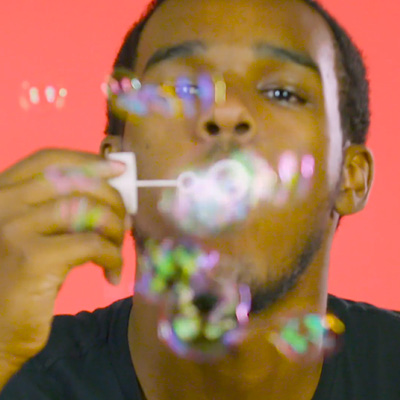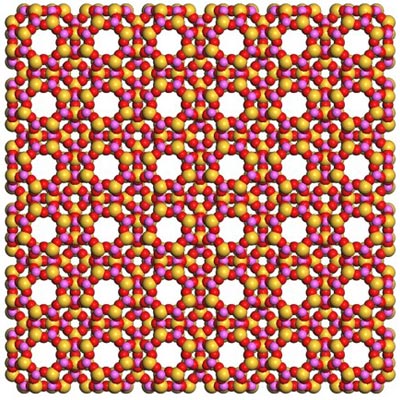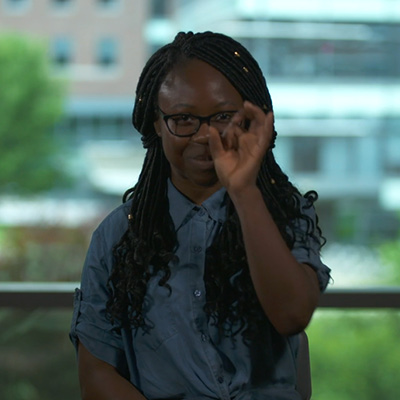Bubble Battles
- Age: 8+
- Time: 30
- (Setup: 10 min, Activity: 15 min, Cleanup: 5 min)
- Materials: $19
Prepare for battle. A Bubble Battle. In this mission you’ll find out how hard water and soft water can cause soap and detergent to react in the same—or different— way, depending on the combination. You’ll do this by learning about zeolites and playing with bubbles!
Download PDF


